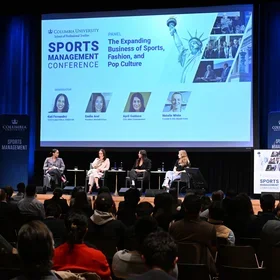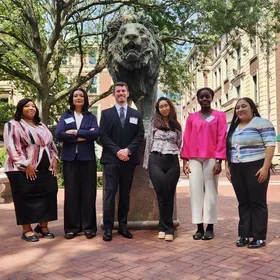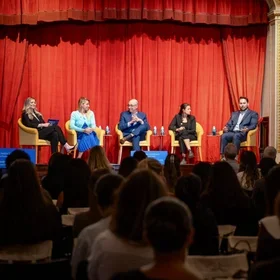Journalists tell me that they always know when someone they've interviewed has been media trained. They're "robotic." "Talking from a script." "Overly- policed." "Dull." "Less real."
As a media trainer, these comments make me cringe. I like to think that the people I coach become better interview subjects—more interesting, more passionate, more engaging—not automatons who spit out talking points on cue.
But perhaps all communications professionals need to pay attention to these observations and ask what our contribution might be to an environment in which the press is viewed as an adversary, quotes are often lifeless, and spokespeople are seen as mouthpieces for a company's PR department.
To understand how we need to change, I think it's useful to look at the way the field of media training has evolved. When morning show interviews shrank to three minutes and sound bites on the nightly news dwindled from minutes to seconds, spokespeople were unprepared. If they couldn't speak crisply and compellingly about their new book, a changing economic trend, or a global crisis in 90 seconds, they'd find themselves back in the green room, wondering why they hadn't managed to make a single point before they were ushered off the air.
Self-styled media gurus (many of whom came from television) were called in to teach people how to make their points early, speak succinctly, and acknowledge tangential questions without necessarily answering them. Media trainers also taught clients how to stay in control—and not blurt out statements they would later regret.
Today, media coaching has become de rigueur for practically every corporate spokesperson who meets the press. Trainees learn how to handle every possible interview situation—from ill-informed and hostile interviewers, to airtime-hogging co-guests—with grace and equanimity.
This is all useful knowledge. But in our zeal to protect our clients from any missteps, we may go too far. By focusing so heavily on pre-emptive damage control, trainers may be unwittingly steering their clients away from opportunities to build relationships with journalists, create ongoing dialogues, and make meaningful contributions to stories.
We need to remember that the best interviews are conversations, and conversation is an art that requires listening, paying attention to non-verbal cues, responding, and above all, being interesting. To be interesting, you need to speak with passion and commitment. But it's hard to generate that kind of enthusiasm when you're monitoring every word.
So how do we move towards livelier, more substantive conversation without worrying that today's spontaneous remark will become tomorrow's alarming headline?
We can start by helping our clients understand what journalists need to craft a story—pithy, lively quotes, fresh, surprising anecdotes, real opinions. We should also stress the importance of articulating a strong point of view, backing it up with solid evidence, and expressing it with personality, specificity, and the spark of real life. Finally, we should encourage spokespeople to let journalists do their jobs. Our clients can help guide an interview—but they don't need to control it.
We also need to keep in mind that if journalists are feeling unsatisfied, it's likely that the public is, too. If we can temper our defensiveness and leaven our positive messages with a shot of reality and some nuance (we all know life is never 100% rosy), journalists and the public will perceive us as more genuine. If we re-introduce the art of dialogue, we can still help advance our clients' agendas, raise the level of discourse, and maybe even bring real value to the news.
Jane Praeger is a speech, presentation and media coach, and a lecturer in strategic communications at Columbia University.


